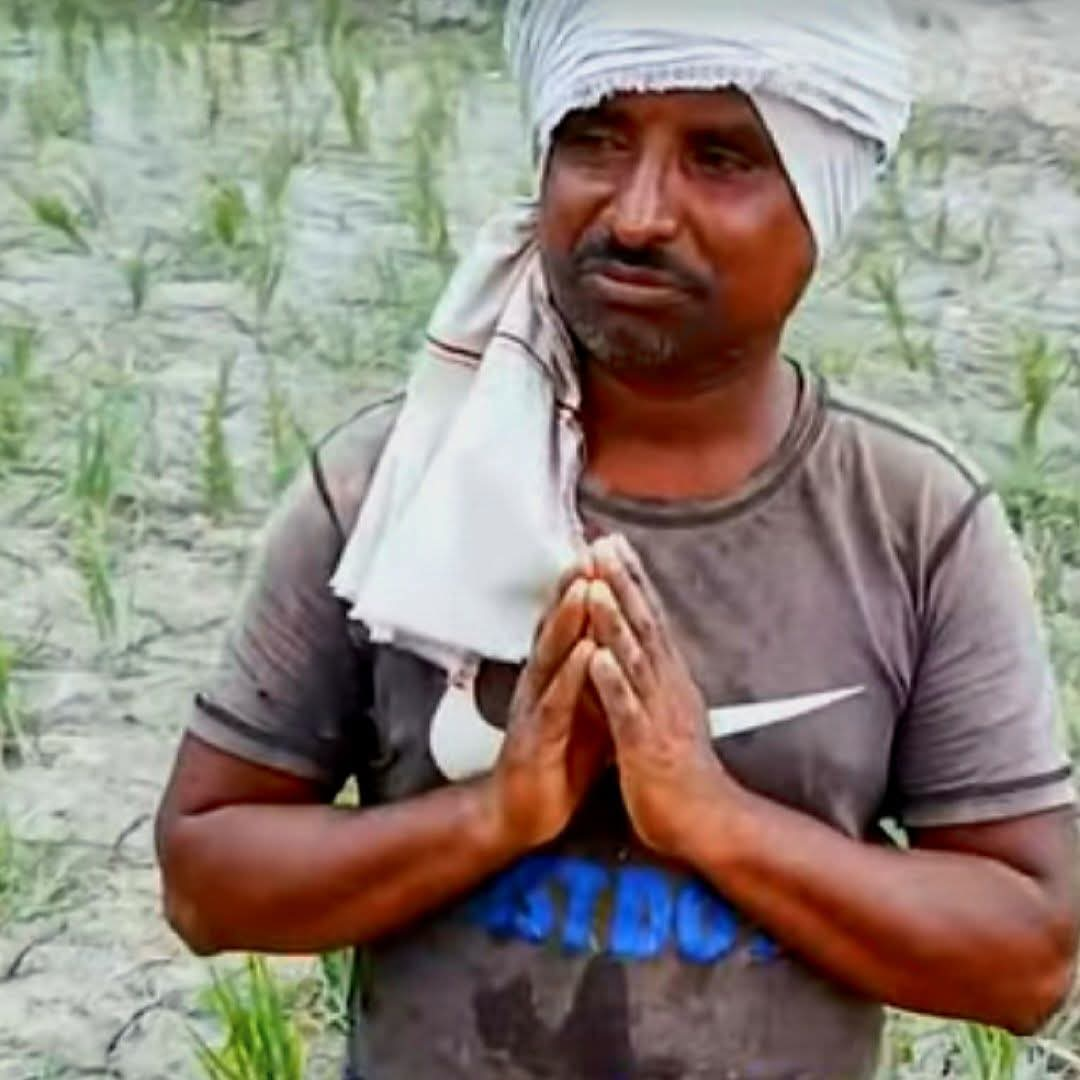Janakpur, July 26, 2025
In a significant move reflecting the severity of the climate-induced crisis, the Government of Nepal has officially declared Madhesh Province a disaster crisis zone after prolonged drought conditions devastated agriculture, parched water sources, and pushed vulnerable communities to the brink.
The cabinet decision, made on July 23 under the Disaster Risk Reduction and Management Act, follows weeks of mounting pressure from local officials and civil society, as the region’s eight districts - including Dhanusha, Mahottari, Saptari, Siraha, Bara, Parsa, Rautahat, and Sarlahi - continue to grapple with acute water scarcity and agricultural collapse.
Agriculture in Ruin: The Withering Breadbasket
Often referred to as Nepal’s breadbasket, Madhesh is now witnessing its worst monsoon failure in recent memory. Normally, by mid-July, over 60% of paddy fields would be sown - but this year, estimates suggest only 36% to 46% of planting has taken place. Some districts report figures as low as 16%, with farmers abandoning fields due to cracked soil and empty irrigation canals.
“We haven’t seen rain in over a month. The fields are dry, the canals are empty, and even the seeds we sowed have failed to germinate,” lamented Ram Kishor Yadav, a farmer in Saptari.
The drought not only threatens food security nationwide, but also livelihoods for tens of thousands of farming families already reeling from debt and inflation.
Drinking Water Crisis Deepens
Compounding the agricultural emergency is a worsening drinking water shortage. Traditional hand pumps that once drew water at 15-20 feet have gone dry. Residents now dig up to 150 feet in desperate search for groundwater, often with no success.
In response, provincial authorities and security forces have begun using fire trucks and army tankers to supply drinking water in the worst-affected communities. Still, gaps remain, and many remote villages are left to fend for themselves.
Federal Response: Borewell Promise Amid Criticism
Prime Minister K.P. Sharma Oli, during an aerial survey of the region, pledged to install 500 deep bore wells and expedite relief coordination. Technical teams from the Ministry of Agriculture have also been deployed for ground-level assessment.
Yet, critics argue the current crisis reflects long-standing neglect. Major irrigation projects like the Sikta, Sunkoshi-Marin, and Bheri-Babai multipurpose projects have remained incomplete for decades. Over 370 drinking-water supply systems across Nepal are stalled due to poor planning and lack of funding.
“This is not just a weather anomaly - it is a failure of governance and infrastructure planning,” said Er. Kishor Thapa, a climate policy analyst. “The crisis in Madhesh is a warning to the entire nation.”
Climate Change Warning Bells
Meteorological experts link the extreme conditions to erratic monsoon patterns and broader climate change impacts. Nepal’s southern plains have become increasingly vulnerable to both droughts and floods, with climate models warning of more frequent extremes in the years to come.
With Madhesh now under an official disaster alert, the coming weeks will test the ability of federal, provincial, and local governments to work together. The stakes are high: failure to act decisively could trigger a food crisis, displacement, and long-term economic fallout.
The drought in Madhesh is not an isolated disaster. It is a symptom of a larger climate and development crisis - one that demands urgent investments in resilient infrastructure, equitable water governance, and climate-smart agriculture. Declaring a disaster zone is a necessary first step. The real challenge lies ahead - in turning relief into reform.